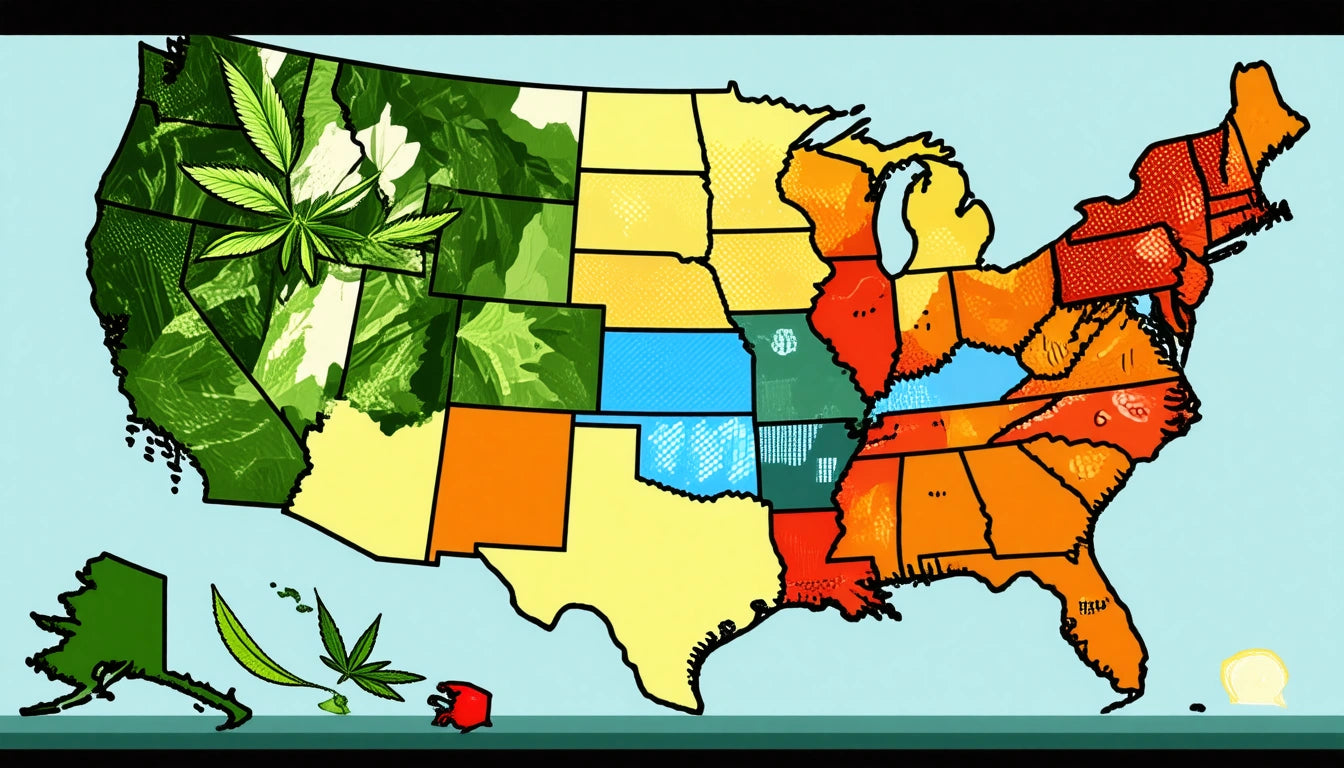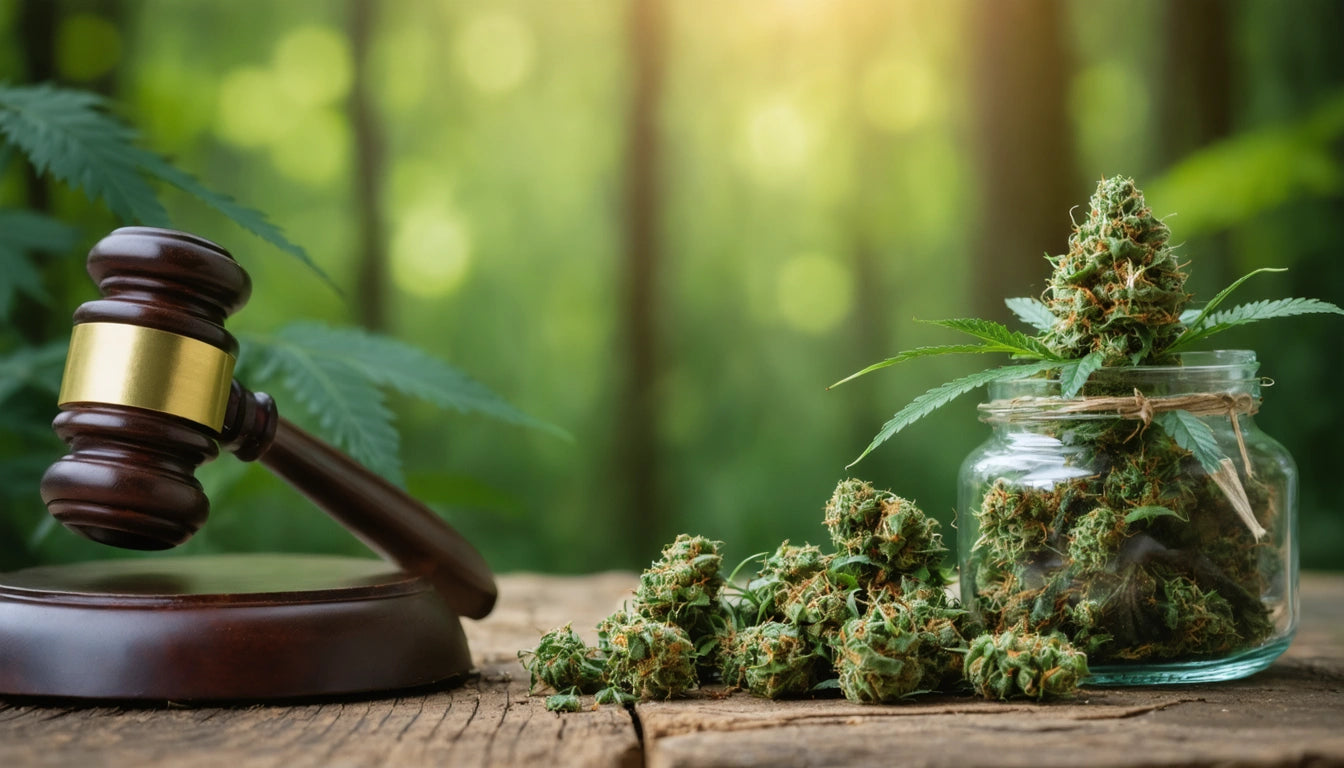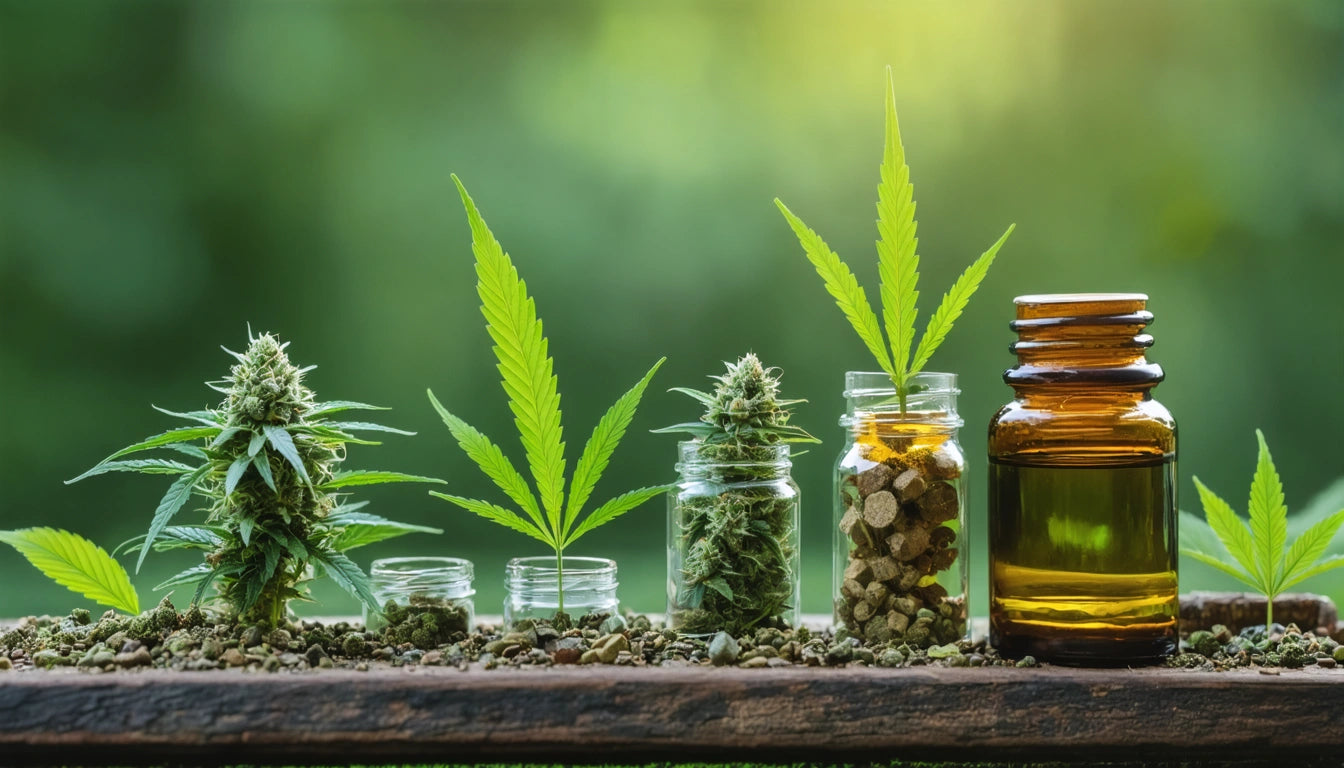Table of Contents
Timing of Outdoor Flowering: A State-by-State Guide
Understanding when flowering starts outdoor is crucial for cannabis cultivators looking to maximize their harvest. The timing varies significantly across different states due to climate variations, latitude, and seasonal light changes. This comprehensive guide breaks down flowering timelines by state and provides essential information for optimizing your grow schedule.
Understanding Outdoor Flowering Cycles
Cannabis is a photoperiod-sensitive plant, meaning its flowering is triggered primarily by changes in light exposure. Outdoors, this typically happens as days grow shorter in late summer. According to research on cannabis flowering cycles, most strains begin flowering when they receive less than 14-16 hours of light per day.
The transition from vegetative growth to flowering represents a critical phase in the plant's lifecycle. During this period, plants redirect their energy from developing stems and leaves to producing flowers or buds. Mastering this transition is essential for successful cultivation.
Factors Affecting Outdoor Flowering Timelines
Several key factors influence when cannabis plants begin flowering outdoors:
- Latitude: Northern states experience earlier light changes than southern states
- Local climate: Temperature patterns affect plant development
- Strain genetics: Some varieties flower earlier than others
- Microclimate conditions: Urban heat islands or mountain valleys can create unique conditions
- Weather patterns: Cloudy periods can accelerate flowering by reducing effective light hours
Understanding these variables helps growers anticipate when their specific region will trigger the flowering response. For growers looking to prepare for the flowering stage, having high-quality pre-roll supplies and packaging solutions ready before harvest time ensures you're prepared to process your crop efficiently.
State-by-State Guide to Outdoor Flowering Times
When Does Flowering Start Outdoor in New York
In New York, outdoor cannabis plants typically begin flowering in mid to late August. The state's northern latitude means days shorten noticeably by late summer, triggering the flowering response. New York growers should prepare for a flowering period of approximately 8-10 weeks, with harvest usually occurring in mid to late October, weather permitting.
When Does Flowering Start Outdoor in California
California's diverse climate zones create varied flowering schedules. In Northern California, flowering typically begins in late August to early September. Southern California's longer daylight hours may delay flowering until mid-September. Coastal areas often experience later flowering due to marine layer influence, while inland valleys may see earlier transitions due to clearer skies and more defined light cycles.
When Does Flowering Start Outdoor in Ohio
Ohio growers typically observe flowering beginning in mid-August. The state's continental climate creates well-defined seasons with predictable light changes. Plants in Ohio generally complete flowering by early to mid-October, making it important to monitor weather forecasts for early frost warnings that could damage crops before harvest.
When Does Flowering Start Outdoor in Michigan
Michigan's northern position means flowering starts relatively early, typically in early to mid-August. The state's shorter growing season requires careful planning and potentially selecting faster-flowering strains. Michigan growers should be prepared for a 7-9 week flowering period, with harvest ideally completed before the first frost, which can arrive as early as late September in northern regions.
When Does Flowering Start Outdoor in Oregon
Oregon's varied topography creates diverse growing conditions. Western Oregon typically sees flowering begin in late August, while eastern regions may experience earlier transitions due to clearer skies and more dramatic day length changes. Oregon's Willamette Valley offers particularly favorable conditions with flowering usually beginning by mid-August and a generous window before fall rains intensify.
When Does Flowering Start Outdoor in Illinois
Illinois growers can expect flowering to begin in mid to late August. The state's position in the Midwest provides reliable seasonal transitions, with flowering typically progressing through September and into October. Illinois' humid continental climate means growers should be vigilant about monitoring humidity levels during flowering to prevent mold issues.
For more detailed information on optimal growing schedules, this resource on optimal timing provides valuable insights for planning your cultivation calendar.
Preparing Your Plants for the Flowering Stage
As the flowering period approaches, several preparatory steps can help ensure successful bud development:
- Reduce nitrogen-heavy nutrients and increase phosphorus and potassium
- Inspect plants thoroughly for pests or diseases before flowering begins
- Consider supporting branches that will bear heavy buds
- Ensure adequate spacing between plants for air circulation
- Monitor and adjust watering schedules as plant needs change
The transition to flowering represents a critical period in the plant's development cycle. Understanding the duration of the flowering stage helps growers plan their maintenance schedules and harvest timing more effectively.
For growers in all states, recognizing the signs that flowering has begun is crucial. These include:
- Slowed vertical growth
- Development of pre-flowers at nodes
- Increased resin production
- Changing leaf patterns and node spacing
- Intensified plant aroma
Maximizing Harvest Quality Based on Regional Flowering Times
Understanding your state's specific flowering timeline allows for strategic planning to maximize harvest quality and yield. In northern states with earlier flowering and shorter seasons, selecting faster-maturing strains can help ensure complete ripening before cold weather arrives. Southern states with longer growing seasons can accommodate longer-flowering sativa-dominant varieties.
Regional climate patterns also influence cultivation practices during flowering. Coastal areas may require additional protection from humidity, while arid regions need careful water management. By aligning your growing strategy with regional flowering timelines, you can optimize your approach for local conditions.
For new growers, understanding when to expect flowering helps with planning other aspects of cultivation, including nutrient schedules, pest management, and harvest preparation. This knowledge is particularly valuable for planning equipment needs and processing workflows post-harvest.
As climate patterns continue to shift, staying informed about yearly variations in seasonal transitions becomes increasingly important. Maintaining detailed records of flowering dates in your specific microclimate can provide valuable data for optimizing future growing seasons and adapting to changing conditions.











Leave a comment
All comments are moderated before being published.
This site is protected by hCaptcha and the hCaptcha Privacy Policy and Terms of Service apply.